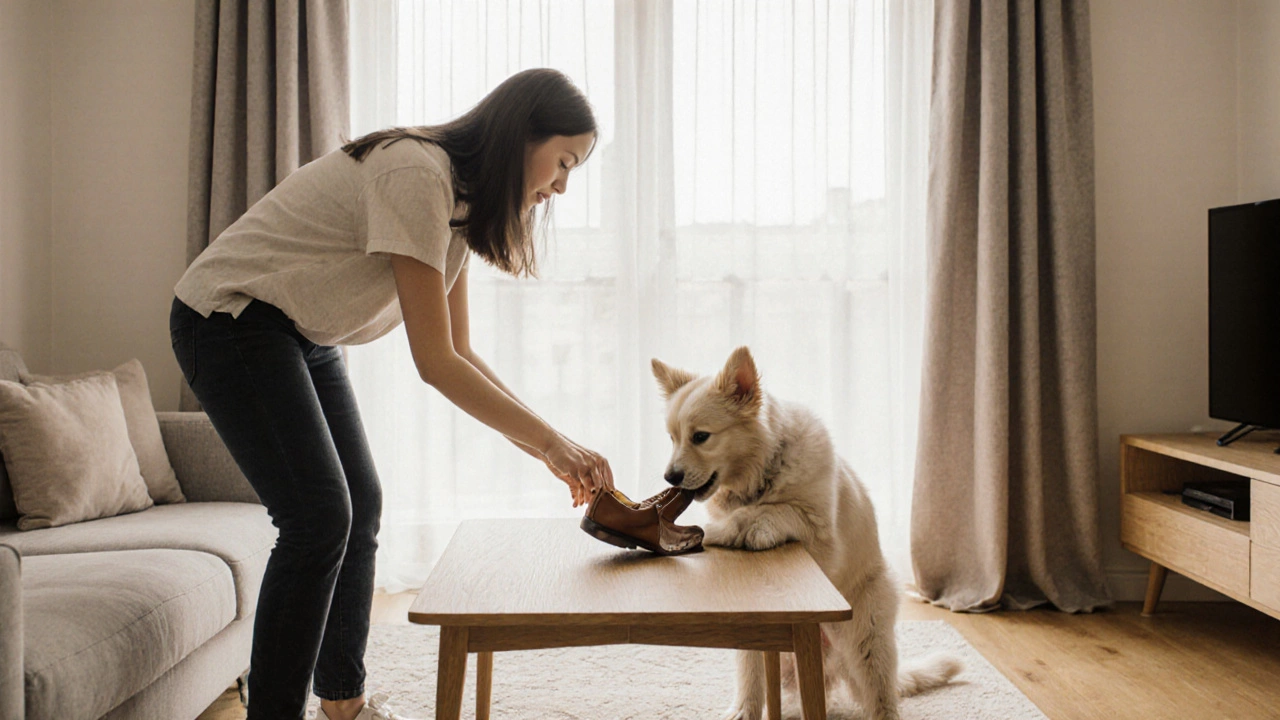Dog Commands – Master Basic Obedience and Advanced Training Tips
When working with dog commands, the specific verbal or visual cues you teach a dog to respond to. Also known as obedience cues, they form the foundation of safe, reliable interaction. Obedience training, a structured program that builds a dog's ability to follow commands consistently (sometimes called basic training) is the primary method for teaching these cues. Effective learning also relies on positive reinforcement, reward‑based techniques that strengthen desired behaviors (also referred to as reward‑based training). Some owners add clicker training, a timing tool that marks the exact moment a correct response occurs (known as marker training) to speed up learning. Together, these entities create a clear pathway from simple “sit” to advanced “stay‑until‑released”.
Why Mastering Dog Commands Matters
Dog commands encompass both safety and bonding. A well‑timed “come” can prevent a dog from running into traffic, while a calm “leave it” stops unwanted chewing. Dog commands require consistency, patience, and the right motivation. Positive reinforcement influences canine behavior by linking the command with a pleasant outcome, which makes repeat performance more likely. Obedience training also shapes a dog’s confidence, reducing anxiety in new environments—a common theme across many of the articles below. Clicker training adds precision, letting owners mark the exact behavior they want to reinforce, which shortens the learning curve for complex tasks like “heel” or “place”.
Understanding these relationships helps you pick the right tools for your situation. If your pup gets distracted easily, a clicker can clarify which action earned the treat. For dogs with a history of fear, gentle positive reinforcement builds trust faster than harsh corrections. Meanwhile, consistent obedience training provides a structured routine that most dogs thrive on. These three pillars—commands, reinforcement, and training methods—interact in a feedback loop: clearer commands lead to quicker learning, which boosts confidence, allowing you to introduce more advanced cues.
The posts in this collection reflect real‑world questions many owners face. You’ll find advice on calming aids for grooming, safety tips for collars versus harnesses, and how to handle travel stress—all tied back to the core idea that reliable commands make every situation easier. Whether you’re curious about using a clicker, wondering when to start training, or looking for the best leash to stop pulling, each article adds a piece to the puzzle of effective dog communication.
Below, you’ll discover practical guides, expert recommendations, and step‑by‑step instructions that build on the basics outlined here. Dive in to see how the right mix of commands, reinforcement, and training tools can transform daily walks, vet visits, and even airline trips into smoother experiences for you and your dog.
How to Teach Your Puppy ‘No’ - Simple Training Tips
Learn the step‑by‑step method to teach your puppy ‘no’ using clear cues, consistent timing, and positive rewards for lasting results.
